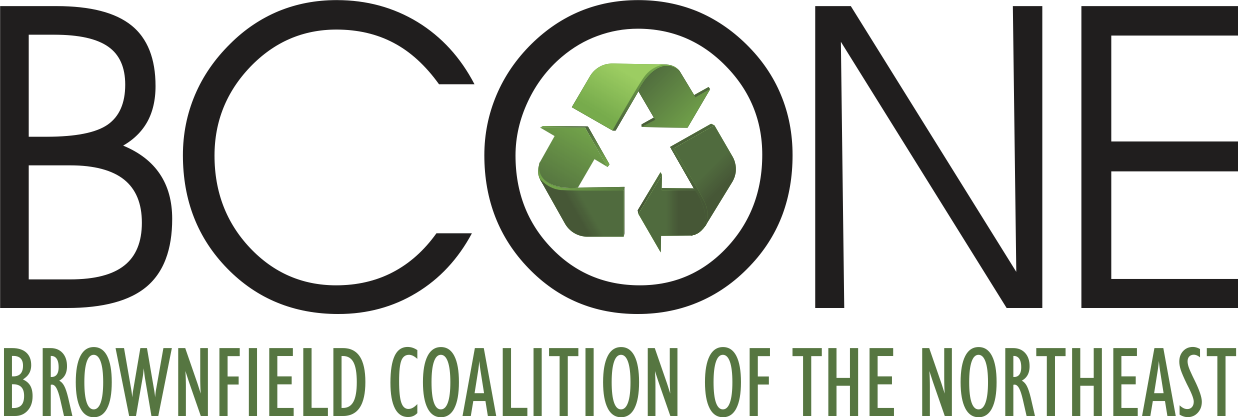In June, EPA distributed $900,000 of funding to clean up and redevelop Brownfields in Camden, NJ, Niagara County, NY, and NYC.
 The U.S. Environmental Protection Agency (EPA) on Wednesday announced $900,000 of supplemental funding is slated for successful brownfields revolving loan fund (RLF) programs to clean up brownfields sites in Camden (New Jersey), Niagara County and New York City. The supplemental funds are part of $6.9 million going to communities across the country that have demonstrated success in using their brownfields funds to clean up and redevelop brownfields sites. The funds will be used to continue progress in reusing vacant and abandoned properties and turning them into community assets such as housing, recreation and open space, health facilities, social services and commerce opportunities.
The U.S. Environmental Protection Agency (EPA) on Wednesday announced $900,000 of supplemental funding is slated for successful brownfields revolving loan fund (RLF) programs to clean up brownfields sites in Camden (New Jersey), Niagara County and New York City. The supplemental funds are part of $6.9 million going to communities across the country that have demonstrated success in using their brownfields funds to clean up and redevelop brownfields sites. The funds will be used to continue progress in reusing vacant and abandoned properties and turning them into community assets such as housing, recreation and open space, health facilities, social services and commerce opportunities.
Read more...
Posted August 24, 2020

